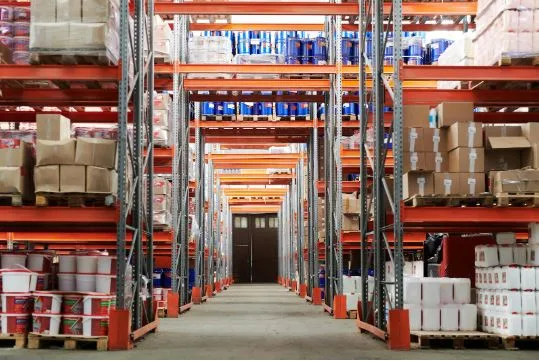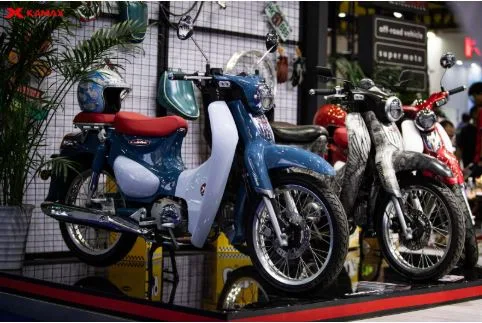Choosing the Right Ankle Foot Orthosis (AFO) Shoes: A Complete Guide for Comfort and Support
The most crucial thing you can do is to find the right ankle foot orthosis shoes to make it easier to live with an AFO brace. An AFO is used to place your foot and ankle in the proper position, enhancing stability and gait in individuals with disorders such as foot drop, cerebral palsy, multiple sclerosis or following some traumas and surgical interventions. However, even the excellent brace will not be able to provide you with all its benefits when your shoes do not collaborate with it.
It is not merely your shoes put on to cover your feet. They decide the way the brace fits, the way the pressure is placed, and the level of safety and comfort you experience with each step. The misplaced footwear may irritate your skin, limit movement, and turn everyday tasks tiresome. The correct pair, however, holds up your brace and cushions your feet and enables you to move freely with confidence.
This guide will detail what to seek, how to find the perfect fit, and the minor adjustments that can make a huge difference in fitting and support. It might be your first AFO or trading in a pair of old shoes but the goal is the same, improved movement, improved comfort and improved quality of life.
The importance of the right shoes.
AFO brace is used to maintain your foot and ankle at the proper angle and it is useful in the event of foot drop, weakness, or nerve damage. However, even a good brace will not be effective when you do not have shoes that fit it well.
Improperly fitting shoes may produce pressure points, disrupt your gait, or even cause walking to be unsafe. The appropriate shoes will reinforce the brace, ensure you have enough space to walk comfortably, and prevent your foot skin irritation and blisters.
What to Seek
Depth and width are where to begin when purchasing AFO-friendly shoes. The shoe must have room inside it to accommodate your foot and the brace without squishing. Seek shoes with removable insoles-this provides you with additional space as well as the possibility to place custom supports.
The heel must be stable, and the toe box comfortable and wide enough. Mid-sole Heels Flexible material and lightweight uppers enable you to move freely. And fastening, don’t forget it: laces, Velcro straps, or both, a combination, will ensure that your foot stays in position and the brace does not move when you are walking.
How to Shop for AFO Shoes
Always try shoes on with your brace in place. This is the only way to know if they’ll truly fit. Many people find they need to go up half a size or choose a wider option to get the comfort and clearance they need.
Pay attention to how the shoe feels when you take a few steps. Is your heel staying in place? Is there any pinching at the sides? Small discomforts in the store can turn into big problems after hours of wear.
If you notice rubbing at the back of your ankle, experiment with different lacing methods—like heel-lock lacing—to keep the foot stable without tightening the entire shoe. Soft padding or cushioned socks can also make a big difference.
Maximizing Your Shoes and Brace
Having the correct shoes is not the complete solution. Look after your AFO and your footwear to ensure that they work together. Switch out two or more pairs of shoes so the padding can rest. Wash your braces frequently with a mild soap and water and leave to dry yourself before putting it on.
Examine your feet daily and look at redness or pressure marks, particularly when you have decreased feeling. Speak to your orthotist should irritation persist more than half an hour once you take your brace. Two little improvements will usually resolve the issue before it becomes a larger one.
Magnetic Ankle Support Adding
In certain individuals, magnetic ankle support can supplement their AFO to provide additional support and comfort. It may also assist in encouraging circulation when it is worn over long durations. It is just important that it does not interfere with how your brace fits or operates.
Quick Checklist for AFO Shoes
- Enough depth and width for both foot and brace
- Removable insole for customization
- Firm heel counter for stability
- Wide toe box for comfort and balance
- Secure fastening to prevent shifting
- Lightweight, flexible upper materials
FAQs
- What are ankle foot orthosis shoes?
Ans. They’re shoes designed to fit comfortably over an AFO brace. They have extra space, secure fastening, and supportive features to help the brace work effectively.
- Can I wear regular sneakers with my AFO?
Ans. Sometimes, but most sneakers aren’t deep or wide enough. Specialized AFO-friendly shoes ensure better fit and support.
- Should I size up when buying AFO shoes?
Ans. Many people do. Going up half a size or choosing a wider fit helps prevent pressure and allows for more comfortable movement.
- How can I stop my AFO from causing blisters?
Ans. Use proper lacing techniques, cushioned socks, and well-fitting shoes. If irritation persists, have your brace adjusted.
- Can I wear a magnetic ankle support with an AFO?
Ans. Yes, as long as it doesn’t affect the brace’s fit. It can add comfort and mild therapeutic benefits.




